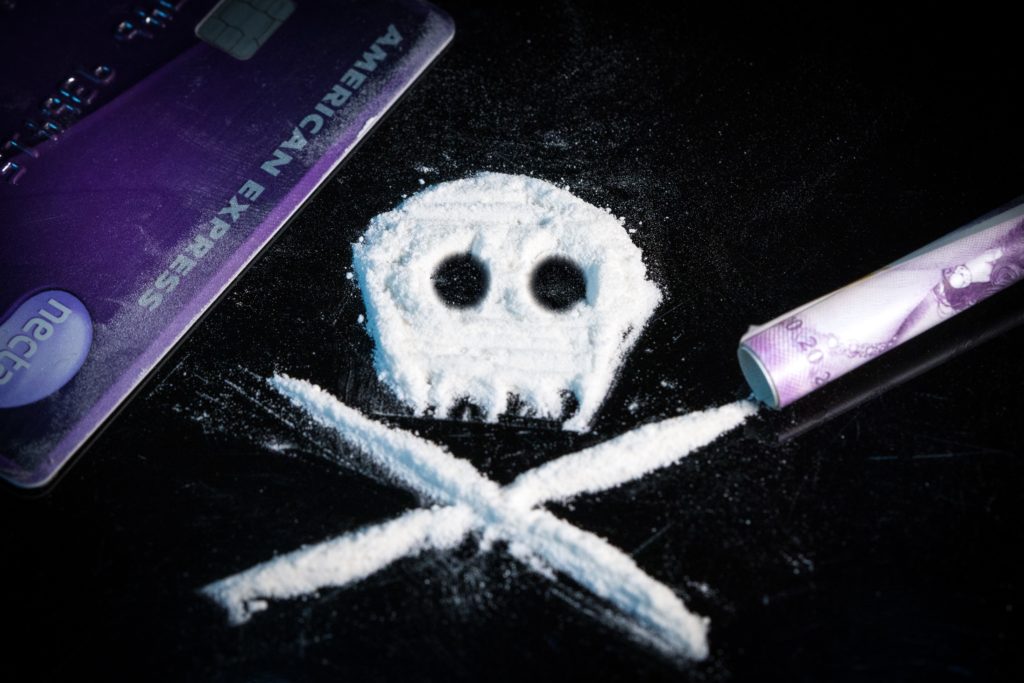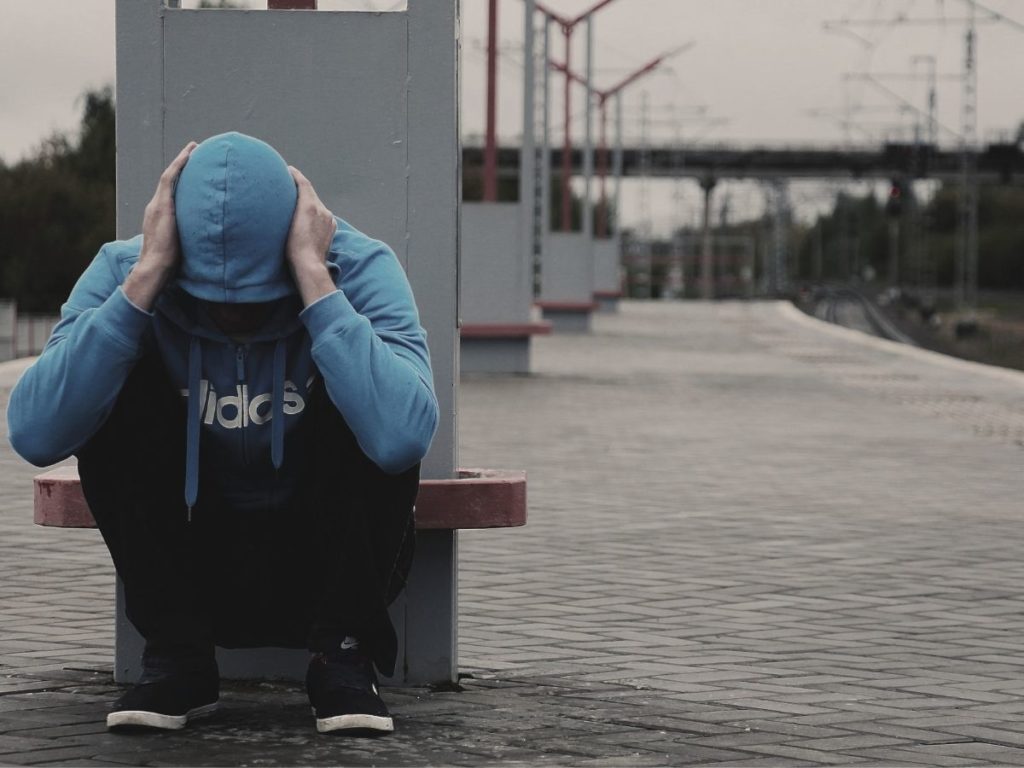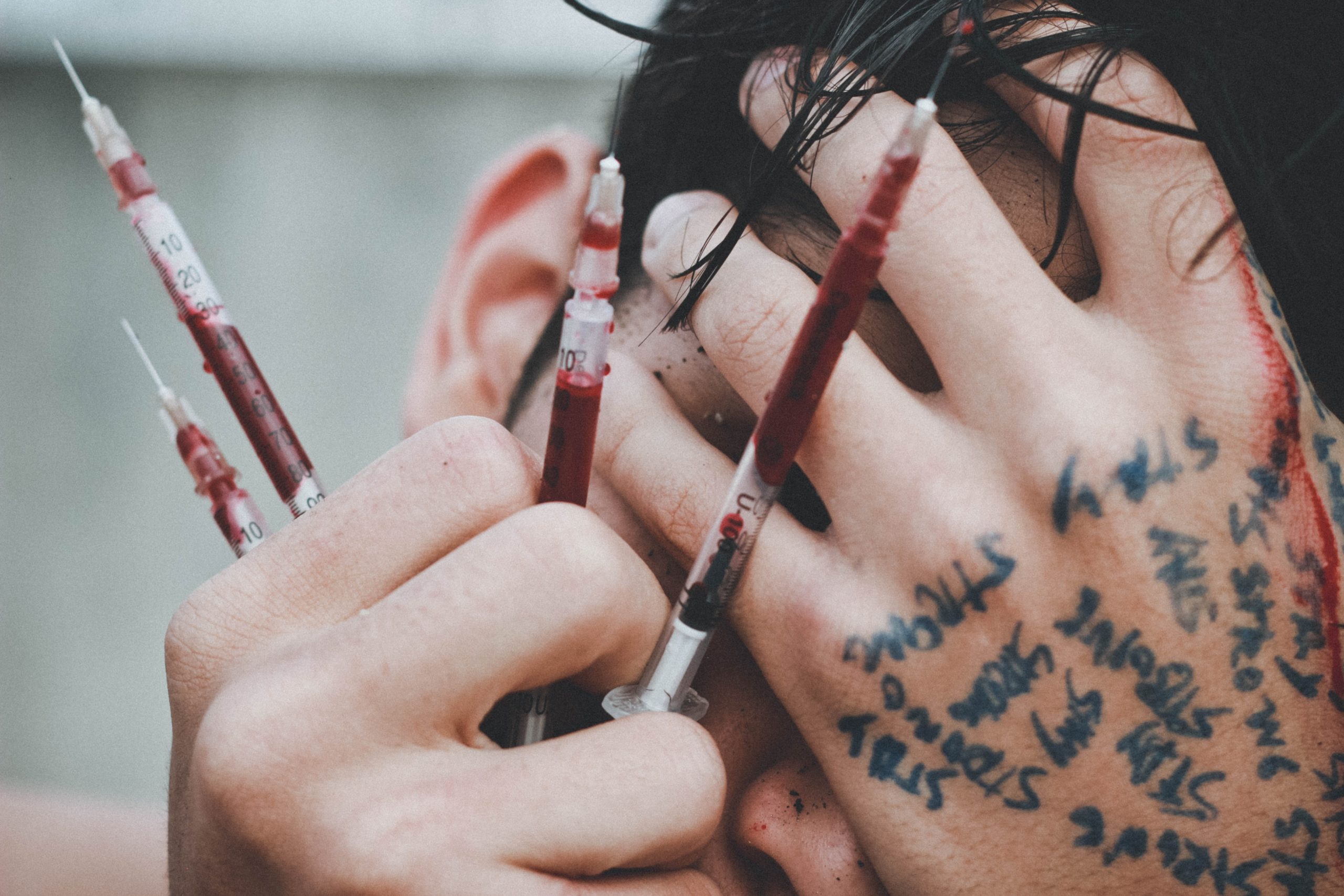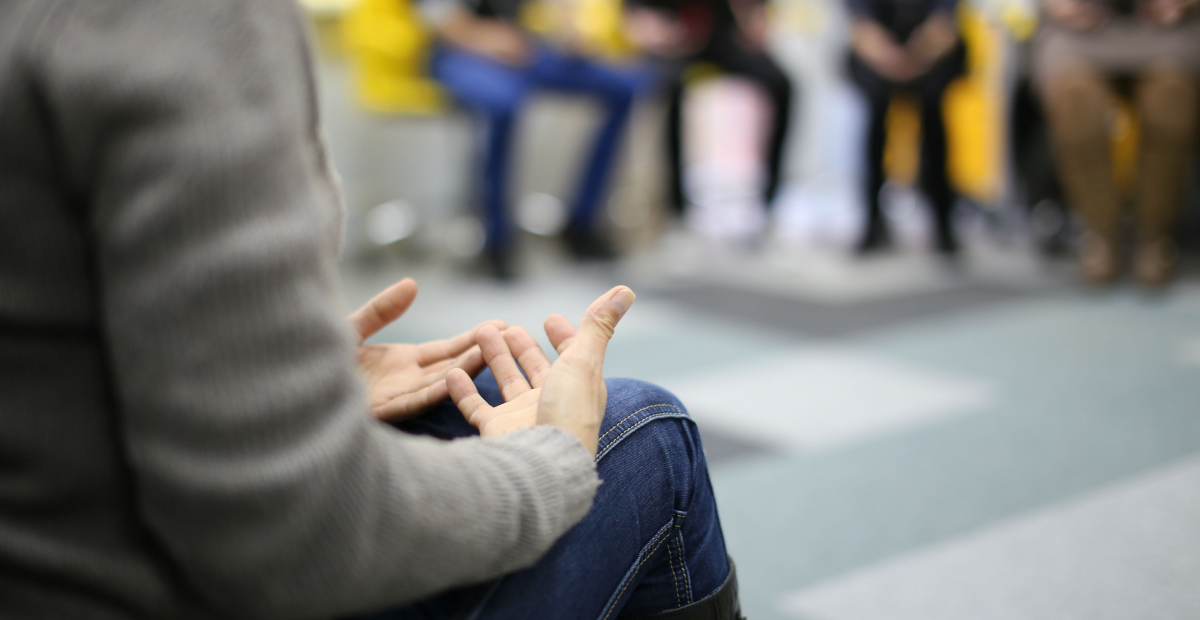What is the flakka drug?
Flakka drug is a man-made drug typically made from a manufactured version of an Amphetamine-like Stimulant in the Cathinone class called Alpha-PVP. Synthetic Cathinones are Stimulants that are chemically related to the substance Cathinone, which is found in the Khat plant. The plant is grown in Arabia and East Africa, and some people chew the leaves for mild Stimulant effects.
Flakka drug is similar to the street drug Bath Salts. The drug is commonly snorted, injected, eaten, smoked, or vaporized in e-cigarettes. A common street name for Flakka drug (itself a street term for Alpha-PVP) is “Gravel,” because of its appearance. The drug is typically found in crystal form and is white or pink. People with Flakka drug addiction are at great risk of injury and death.
Synthetic Cathinones like the Flakka drug are part of a group of drugs known as New Psychoactive Substances (NPS). First emerging in the drug market in the mid-2000s, they have been designed to mimic other illicit drugs such as Cocaine, Ecstasy, and LSD. There are many types of Cathinones, such as Mephedrone, Methylone, Methcathinone, Bupropion, and Buphedrone.

Alpha-PVP was first discovered in 1963 and was first patented in 1967 as a Central Nervous System (CNS) Stimulant. These Stimulants are typically used to treat patients with attention deficit hyperactivity disorder (ADHD) or narcolepsy. In 2013, Alpha-PVP became available as a tablet; by 2014, it started gaining popularity under the name Flakka. It quickly gained Schedule I status, meaning it has no medical value and a high potential for abuse.
Flakka Drug Effects
The explosion of the Flakka drug concerned communities because of the violent acts its users were committing. Flakka drug is thought to have started gaining popularity in South Florida, and the drug appeared in headlines when a 19-year-old college student stabbed a couple to death and then started gnawing on the male victim’s face. The police believed the assailant was high on Flakka drug. The first effects upon consuming the Flakka drug are feelings of euphoria, focus, stimulation, increased sex drive, and sociability. However, when the high wears off, users will need to increase their intake of the drug; this can lead to negative side effects. Flakka drug is extremely dangerous and has caused users to commit suicide.
The National Institute on Drug Abuse says that the Flakka drug causes a condition called “excited delirium” which involves hyperstimulation, hallucinations, increased strength, and paranoia. These symptoms can lead to self-injury and violent aggression or cause users to have a psychotic episode. The Flakka Drug also impacts the body, raising body temperature to 104 degrees (hyperthermia). Users may also experience liver and renal failure, hypertension, narrowing of the blood vessels, irregular heartbeat, heart attack, stroke, aneurysm, and death.
Regardless of the method of administering the Flakka drug, there is a high risk of overdose. Reportedly, one of the fastest ways to overdose on Flakka drug is through vaping because users who vape Flakka are unable to measure how much of the substance they are ingesting. In these cases, the drug enters the bloodstream too quickly and overwhelms the body’s systems. The symptoms of a Flakka drug overdose include heart problems, agitation, aggressive behavior, and psychosis.
The Difference Between Flakka drug And Bath Salts
Flakka and Bath Salts are chemically very similar and have nearly identical effects on users. Methylenedioxypyrovalerone (MDPV) is the active ingredient in Bath Salts. The difference between Flakka and Bath Salts is that Flakka lacks a cluster of atoms called the 3,4-methylenedioxy motif. In a study published by Scripps Research, researchers found that the potential for addiction with Flakka and Bath Salts was almost equal.
Bath Salts have the same effects as Flakka, such as increased sex drive, hallucinations, panic attacks, paranoia, and increased sociability. Smoking, snorting, injecting, or swallowing Bath Salts can lead to overdose and death. Flakka and Bath Salts are packaged and sold similarly, labeled as “not for human consumption,” and sold with seemingly innocuous names like “plant food” or “jewelry cleaner.”

The Dangers Of the Flakka drug Addiction
In 2011, Synthetic Cathinones were involved in over 20,000 emergency department visits. The public fear of Bath Salts started in 2012 when a Miami man stripped naked and ate the face of another man in broad daylight. When police ordered him to stop eating the man’s face, he growled like an animal, and the officer was forced to shoot the attacker; it took 4 bullets to finally stop him. This is when people started referring to Flakka and Bath Salts as “Zombie Drugs” because of the way they affect users, causing them to lose touch with reality and try to eat other people. This trend started in Florida but is slowly spreading throughout the rest of the country.
There have been reports of Flakka appearing in Ohio neighborhoods; the substance was found mixed with Opioids. In May 2019, Ohio Emergency Medical Services said that the mixture led to the overdose death of three people in Ohio. Although there is not a lot of research on combining Opioids and Flakka yet, it is always dangerous to mix drugs. In October 2019, the Utah police reported that Flakka had made its way to their state. Police seized a package being delivered from the Netherlands to a home in Magna, Utah that contained Flakka along with other drugs and paraphernalia.
A survey from February 2019 found that 1% of American teenagers have knowingly tried Flakka, and researchers believe more teens have taken the drug without knowing it was Flakka. Flakka is often added to Ecstasy, so users may be unaware of what they’re taking. Some regions have higher rates of teenage Flakka use, such as the Miami area, and some populations have higher rates of Flakka use, such as Latino populations.
Flakka Drug Addiction
With all of the negative consequences of using Flakka, it is hard to imagine why someone would put themselves at risk by choosing this drug. Affordability is one of the main factors. A gram of Cocaine can cost up to $80, and many people — especially college students, the homeless, and low-income populations — cannot afford an expensive drug habit. On average, a hit of Flakka costs $3 to $5. The drug is cheap and obtainable, and the high is long and intense. The high from snorting Cocaine lasts up to 30 minutes, and the high from smoking lasts up to 10 minutes. The high from Flakka can last up to 5 hours.
Flakka causes unpredictable effects because its components can be a variety of harmful ingredients. Flakka is reported to be at least ten times stronger than Cocaine. Some combinations of Flakka produce Dissociative symptoms seen in Ketamine or other Sedatives, such as Benzodiazepines.
Flakka acts as a stimulant when taken in small doses and can make users feel euphoric and more alert. It can also produce hallucinatory effects in some users. High doses of Flakka can mimic the effects of Cocaine and Meth, which can cause twitching, delusions, and even seizures.
Synthetic Cathinones are addictive and can cause withdrawal symptoms such as anxiety, tremors, paranoia, depression, and sleeping issues. In animal studies, researchers found that rats became addicted to Flakka and would press a lever to deliver the drug as many times as possible. Rats also were more addicted to Synthetic Cathinones than to Crystal Meth. Co-senior author of the study, Associate Professor Tobin J. Dickerson of Scripps Research, said that “Animals will self-administer MDPV like no drug I have ever seen.” Flakka is dangerous and addictive, and users should seek out professional treatment if they have used the drug.

Flakka drug abuse in teens
Thanks to the legal or semi-legal status of this drug, it may be more accessible to younger people at risk of drug use and abuse. Until recently, synthetic cathinones were widely available from online retailers. Preliminary data from the Monitoring the Future (MTF) study indicate that the 2014 prevalence of ‘bath salt’ use among 8th graders appeared to have declined in comparison to the previous year, but remained constant among 10th or 12th graders.
Synthetic substances like these continue to be a problem within a younger demographic. To prevent teen drug use, it’s important to talk to your child about substance abuse and clearly explain that the legal status of a drug does not ensure its safety or potential for addiction.
Flakka drug abuse treatment
The neurological effects of Flakka toxicity may be treated with drugs such as benzodiazepines, to counteract agitation and aberrant behavior. The cardiac effects of these drugs can be addressed with the intravenous administration of low-dose norepinephrine (to normalize heart rate and blood pressure) over several hours (typically not more than 6). Supportive measures, accompanied by monitoring and follow-up over several weeks are recommended to ensure a full recovery.
Flakka drug rehabilitation
Targeted substance abuse recovery for those experiencing problems with Flakka use may include inpatient rehab or outpatient treatment.
- Inpatient treatment: is also known as rehabilitative or residential treatment, and requires that the patient remains within a facility to receive treatment. This type of treatment is typically effective because it pulls the patient out of his everyday environment so he can put all of his focus and energy into recovery.
- Outpatient treatment: is received in medical centers or other treatment facilities that the patient visits regularly as part of their normal lives. This type of treatment typically incorporates elements of inpatient rehab but allows the patient to live at home while seeking care.
Therapy for Flakka drug abuse
Therapy for drug abuse may take the form of psychosocial treatments such as:
- Contingency management (an incentive-based system designed to promote abstinence or compliance to a treatment program).
- Counseling—both individual and group.
- Cognitive-behavioral therapy.
Medications for treating Flakka drug abuse
In some cases, patients may also require pharmacologic treatment. This is known as medication-assisted treatment and is administered under supervision to reduce cravings, bolster abstinence, and treat symptoms such as psychosis or agitation. Patients recovering from cathinone toxicity may also require ongoing care to regain functional status lost during adverse heart or cardiovascular system effects.
Reclaim your life from Flakka drug abuse & addiction with dual diagnosis rehab Washington
Flakka drug abuse & addiction are severe conditions that can cause significant health, social and economic problems that should not be taken lightly. We Level Up dual diagnosis rehab Washington can provide you, or someone you love, the tools to recover from this through professional and safe primary mental health treatment. Feel free to call us to speak with one of our counselors. We can give you further information about the abuse of this drug. Our specialists know what you are going through. Please know that each call is private and confidential.
We Level Up Washington Mental Health Center: Primary Mental Health Treatment with Secondary Co-Occurring Treatments
The We Level Up Washington primary mental health center stands ready to help. Offering secondary treatment programs for underlying conditions like Flakka addiction that frequently fuels harmful behaviors. Taking that first step to get the professional support you need can be life-transforming.
We know how mental health disorders and secondary co-occurring substance abuse diagnoses directly affect one another. The We Level Up Washington treatment center provides recovery programs through science-based mental health treatments that can help you feel better. Call us now for a free mental health evaluation!
Inpatient medical detox and residential primary addiction treatment may be available at affiliated facilities at other We Level Up Treatment Centers locations beyond the Washington treatment facility.
Sources
[1] National Institute on Drug Abuse – “Flakka” (alpha-PVP) (archives.drugabuse.gov)
[2] Drug Enforcement Administration (DEA) – Flakka (alpha-PVP) (www.dea.gov)
[3] We Level Up Treatment Center – Flakka Drug (welevelup.com)
[4] We Level Up Florida Treatment Center – Flakka Drug Abuse (welevelupfl.com)





